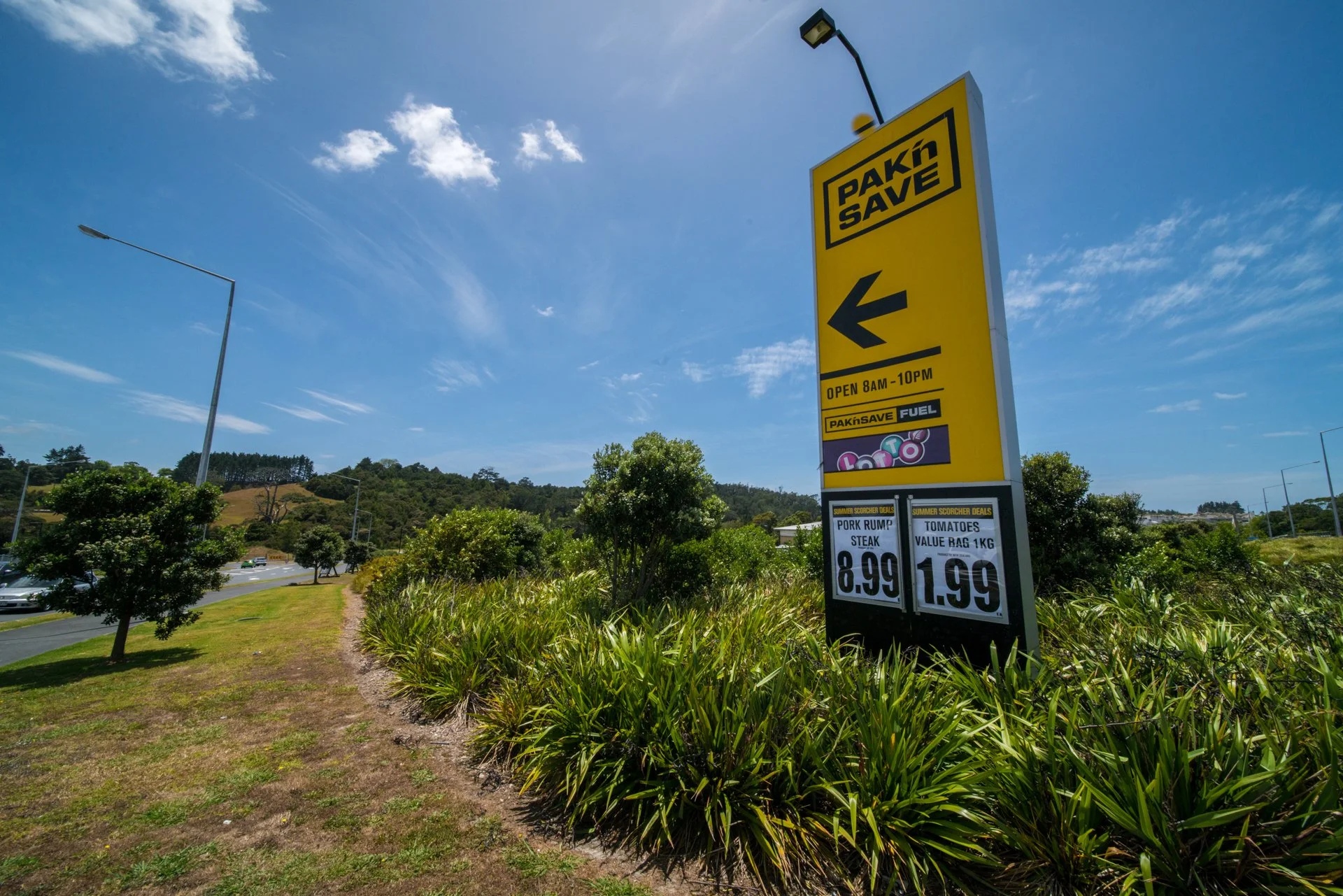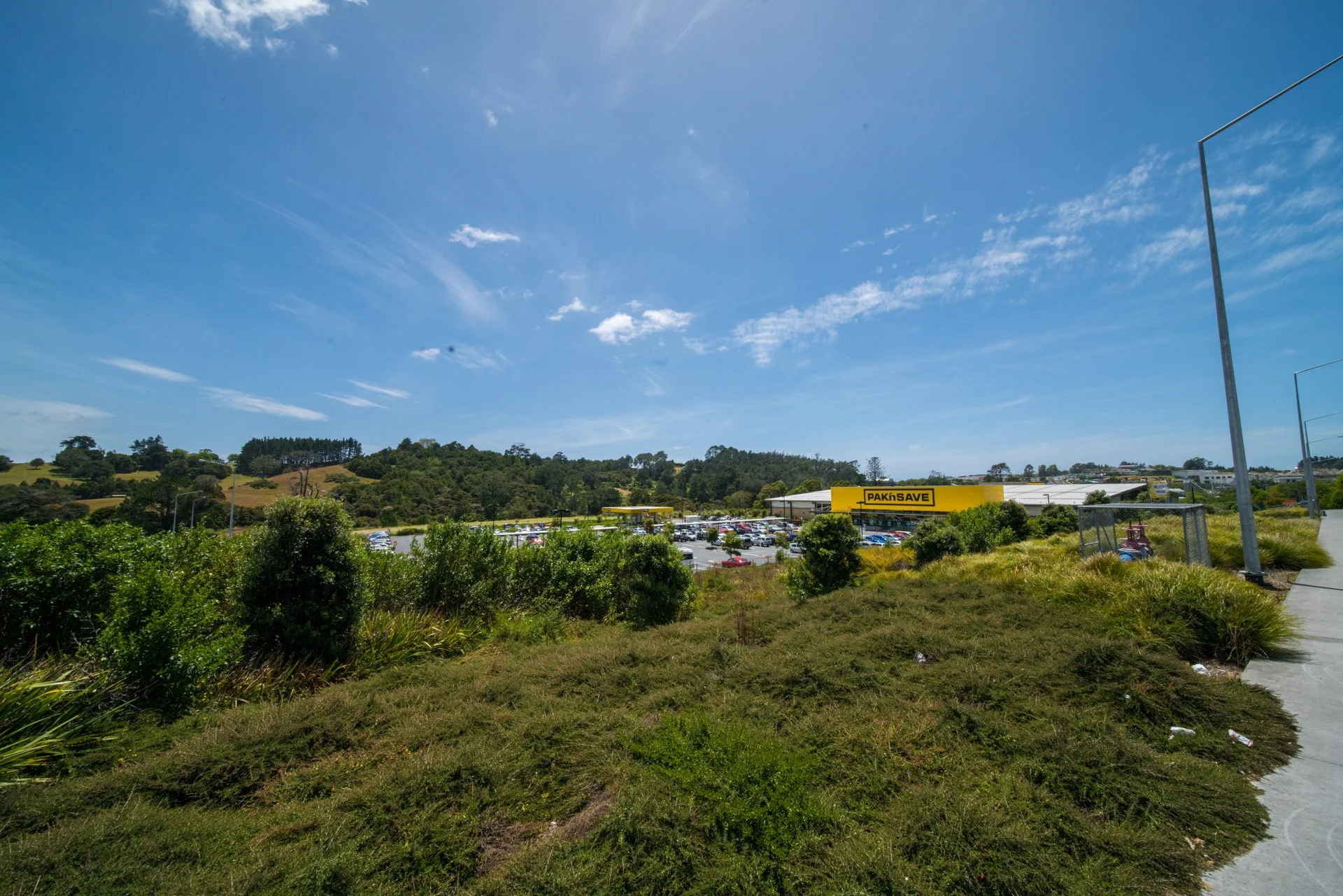Everyday life in the urban ecosystem
Pak N Save Silverdale – 36°62′S 174°67′E
As people go about their everyday life in the urban ecosystems, so does Mother Nature. As people are on a mission in life our plants are on a mission too.
Urban ecosystems are harsh and severely modified landscapes that are essential for the modernization of how the population is now living. By far the majority of humans live in urban areas. The ratio of impervious surfaces and green zones to functional pavements and concrete and iron roofs is imbalanced.
Ecosystem: Thriving in hot dry coastal zones
Pak N Save Silverdale is a project that is a good example of how urban ecosystems and plants on a mission are operating together. The harsh transfer of heat from the hard dark surfaces across the carparking to the surrounding ecosystem is one of the many exaggerated influences on the environment. The native plants selected in the near vicinity are thriving as these are selected from coastal zones. These plants can tolerate hot and dry conditions through the leaf structure and root zones.
The stormwater runoff exits the property via raingardens in the carpark and through swales and retention ponds before moving out into the receiving environment. These systems help to remove suspended solids, hydrocarbons, and heavy metals in modified ecosystems that are guarding the natural environment beyond them. These stormwater urban ecosystems have wet winters and hot dry summers. The plants selected are coastal dune sedges and rushes.
Ecovitalists: Creating a corridor of biodiversity
Civil construction during the development of the Silverdale Pak N Save re-aligned and compacted clay soils and retained different layers and heights with constructed walls. A layer of topsoil is then placed over the compacted clay for the plants to grow into. This is one of the key processes to a successful project especially if a thick bark and wood chip mulch for protection of the topsoil. The mulch retains moisture, stops soil erosion, and suppresses weed species.
The finished project allows a corridor for biodiversity to expand into the urban ecosystem and we can share our habitat with nature.
Urban infrastructure is very carbon-intensive to construct which should push us to consider putting some of that carbon back into the urban ecosystem. Areas of urban native forestry could be incorporated. A Kauri tree will harvest around 500 tonnes/ha of carbon in 50 years










